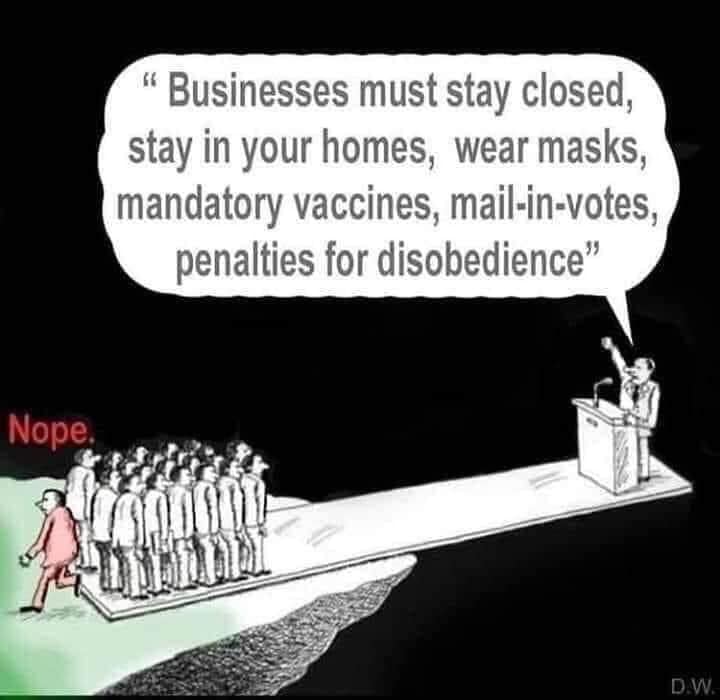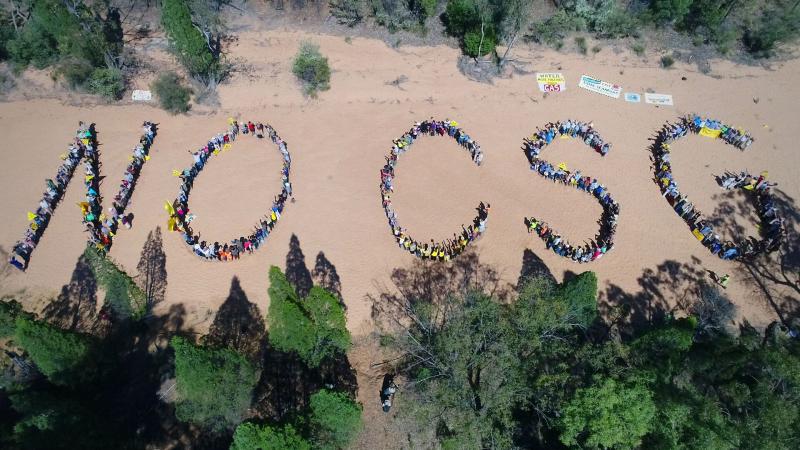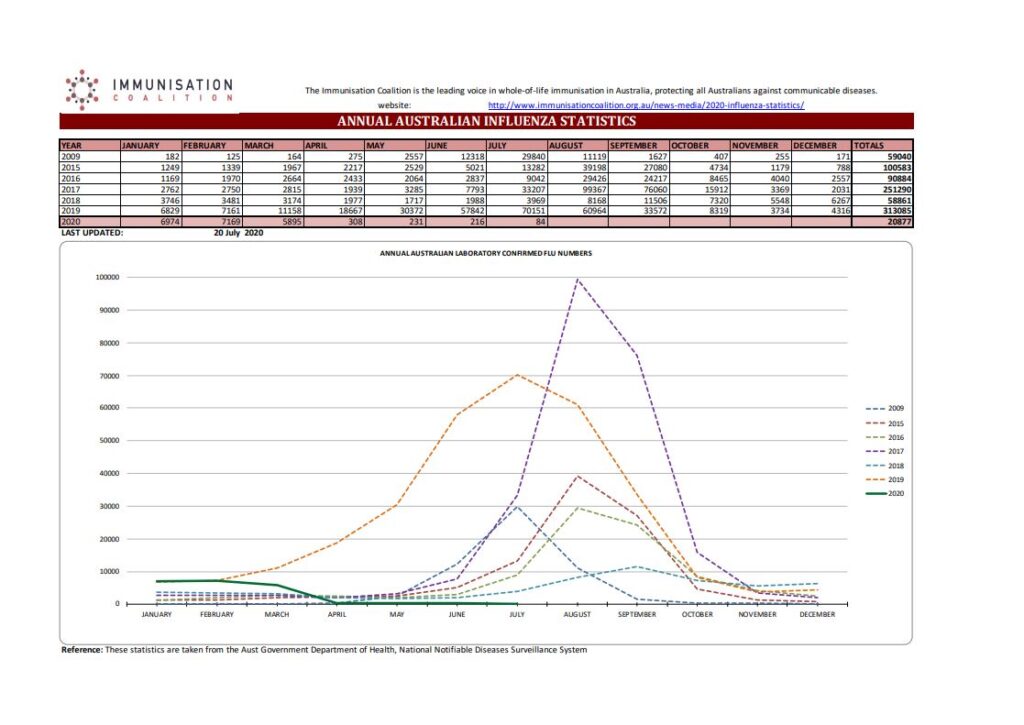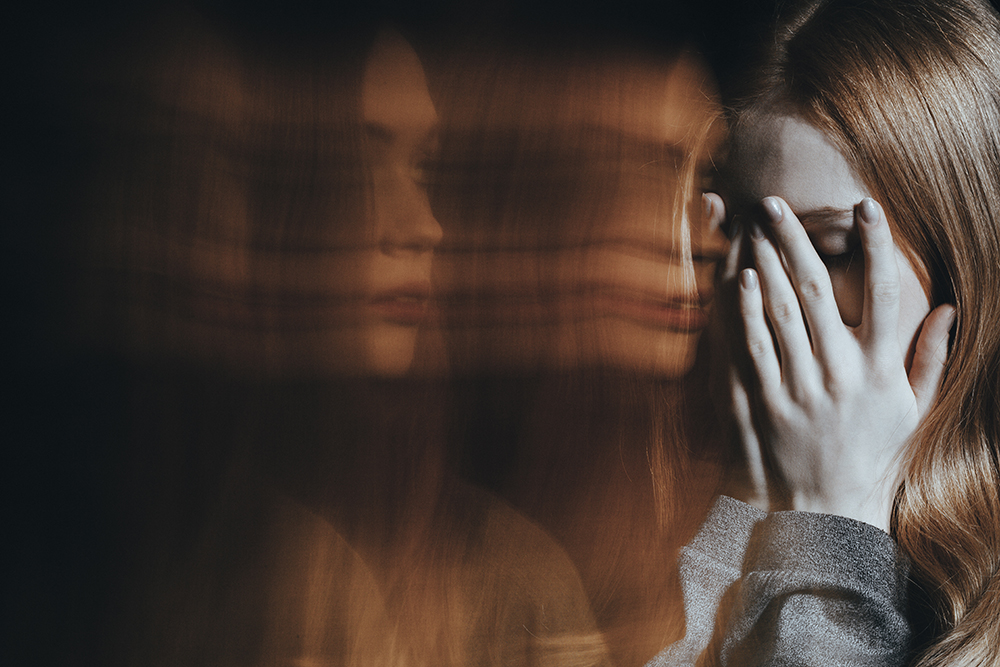“You will never know how much it has cost my generation to preserve your freedom. I hope you will make good use of it.” John Quincy Adams – 6th US President (1767 – 1848)
Leave The Game

Human Rights Video #23: Workers Rights
If you do get that on which you put your attention, best we put our attention on what we want!
Please watch the video and if you think so too, share it!
Human Rights Video #21: Right to Democracy
The lack of peace in certain regions is proof positive that these principles are actually valid and needed, more than ever. Please promote the Youth for Human Rights videos so more people are aware of and insist upon their rights so that we can live in a peaceful society.
Watch the video and if you think so too, please share it!
No Coal Seam Gas for Narrabri

Tomorrow I am allocated 5 minutes to present. This is what I will be saying. Fee free to borrow any of it for your submission.
Despite living in inner city Glebe, far removed from Narrabri, I eat, my children and grandchildren eat and I have a small health food manufacturing business. So the indefinite continuance of a good quality, nutrient dense and abundant food supply at an affordable price is very important to me.
One advantage of an external consultant is that they can bring different experience and a wide angle lens to the discussion.
If we were to have the luxury of an InterGalactic Planetary Consultant specialising in resource management, what would their recommendation be to us today?
If they were to do a thorough job they would presumably do an analysis of our history, human, intellectual and physical assets and liabilities as well as man’s past and current engineering, planning and management capabilities.
Historically the consultant may note that 8 of the 9 civilizations extant at the end of the bronze age, about 1200 BC, at the Eastern end of the Mediterranean were destroyed due to drought, famine and war.
As part of the analysis of our present situation the consultant may discover that this week the UN estimated if we continue as we are, we have less than 60 years left of arable farmland. This is potentially an extinction level event.
Assessing the quality control of our engineering, the consultant would presumably take into account the following:the use of nuclear power plants and the Chernobyl and Fukushima disasters, the use of oil tankers and Exxon Valdez and other environmental disasters, the use of deep water offshore oil drilling and not only the Deepwater Horizon spill but the environmentally disastrous handling of it, the oil pipelines in the US and Canada and the hundreds of environmentally destructive leaks, the use of fracking and the many examples of aquifer and soil pollution the use of space rockets and the Appollo disaster and, closer to home, the calamatous mismanagement of the Murray-Darling
and accurately conclude that where there is a risk involved the current state of man’s development is inadequate to the task of preserving a safe, clean environment.
Poor soil management techniques, over-use of commercial fertilizers and lack of regenerative farming might also rate a mention.
If the consultant were really top notch they might also note the hardest illogic to spot, the missing elements that should be there but are not. Like the Bradfied and other schemes that, if constructed, would divert water to the West of the Great Dividing Range sufficient to permit Australia to be the world’s food bowl.
The consultant may conclude that the list of man’s accomplishments might be long but our level of unethical conduct, greed and under-engineering has led to an impressive list of failures.
So they would probably factor into their recommendation the gross mismanagement of our human and environmental resources as evidenced by:the depleting levels of aquifers and food reserves around the world, the unstable political climate, the unethical nature of much of our population, the profit motivation of corporations and inadequate supervisory managament or governance structures that appliy little to no restraint to the greed of many who make it to top management positions andthe disatrous under-engineering and poor quality control which sabotages our attempts at problem solving, ever more potentially to the level of species extinction.
The consultant may even look, as I did some time ago, at the sale of much of Australia’s agricultural land, water resources and food production to China and wondered how that would pan out if China had a food crisis and our Chinese owned food production was all shipped offshore.
Unfortunately, with the present drought in Northern China and the floods in the South and West, we may not have to wait too long to find out.
The consultant may even look at the Sun’s historical and future effect on our climate and agriculture and note we are due for a mini-Ice age in the next few decades which will lead to a reduced percentage of the world’s presnt farmland being arable and lower yields from that land.
Given the above, I suspect our consultant would advise us here in Australia that nationally rather than foreign owned, arable land and unpolluted aquifers were so high on the level of survival assets that absolutely nothing should be permitted to jeapardise the preservation, improvement, expansion and optimal use of them.
Probably being aware that the psychotic lives in the past, the neurotic in the present and only the sane plan for the future, I suspect our consultant would consider it insane to think otherwise.
Our consultant may even remind us that food was the top item on Maszlow’s list of hierachial needs and, harking back to the 8 civilizations that perished 3,000 years ago, ask, have we progressed a long way technically without a concurrent level of advance in our foresight and planning?
Unless we can improve the planning of our resources such that we can answer that question confidently and resoundlingly in the negative then potentially our grandchildren face a much bleaker future than I would like to leave them.
Thank you for your time.
Stop Narrabri CSG
Dear Tom,
It’s been an absolutely huge week in the campaign to stop Narrabri CSG. Hundreds of people are presenting at the IPC hearing and the vast majority are objecting to the project!
We’ve watched knitting nannas, local shire councillors, state MPs, CWA members, wildlife lovers, doctors, local landholders, townspeople from across the north west and many, many more, speaking passionately and knowledgeably against this destructive project.
We’ve made a huge impression this week. But it’s vital that we back this up with thousands of written submissions. Can you make a quick submission right now? https://www.csgfreenorthwest.org.au/narrabri_decision
We’ve heard from farmers worried about what CSG production will do to the groundwater they rely on for all their food production.
Gomeroi Traditional Custodians told the Commission that preservation of the Pilliga Forest is essential to maintaining their cultural wellbeing.
Yesterday, my friend Dave Watt, a rural fire service volunteer who farms adjacent to the proposed gasfield, warned the Commission of the increased risk of bushfire Santos will bring to the “tinderbox” Pilliga Forest.
If you’ve been moved or outraged by the evidence you’ve heard this week, I urge you to take a few minutes to submit an objection to the project.
Today the IPC has heard five hours of riveting expert testimony about groundwater, salt waste, biodiversity, social impacts, economics and more.
We have strong arguments on our side, what we need now is a wave of thousands of submissions opposing the gasfield.
The deadline has now been extended until the 10th August. Use our handy guide to help you make a unique submission objecting to the Narrabri CSG Project.
Tom, we need your help at this crucial moment.
Please help us keep north west NSW gasfield free by lodging a submission and encouraging your friends to do the same. https://www.csgfreenorthwest.org.au/narrabri_decision
Sally Hunter
NW NSW farmer
PS – if you’re keen to catch up on the action at the hearing, Lock the Gate is live streaming a daily debrief every afternoon from 5pm-6pm. Join us there tonight to hear the debrief from today’s expert and local presentations.
Lock the Gate Alliance
http://www.lockthegate.org.au/
Australian Flu Stats 2009-2020

I wonder why the flu numbers in June 2020 were .37 of a percent of what they were 12 months ago? Could it be that they are counting flu cases as COVID-19 cases to scare us all? Nah, couldn’t be that. Our government wouldn’t do that. How would the government benefit from a population so scared they would do anything the government told them to do? A government that would steamroller through parliament unpopular legislation during a lockdown, suspend the right to protest against the government, imprison whistleblowers and raid journalists’ homes and offices, seize evidence, seal from public scrutiny for 99 years charges of child abuse by government ministers et cetera, et cetera, et cetera.
https://www.immunisationcoalition.org.au/wp-content/uploads/2020/03/20Jul-Aust-Flu-Stats-2020.pdf
New Study Finds Antipsychotics Don’t Prevent but Actually Cause Psychosis

“There are many hazards with pre-emptive medical interventions, especially with such potent drugs as antipsychotics (which have been described as possibly the second most toxic chemicals used in medicine after the drugs used in chemotherapy)….” – David Webb, board member of the World Network of Users and Survivors of Psychiatry and Melissa Raven, psychiatric epidemiologist and policy analyst
CCHR hopes study will put an end to the psychiatric practice of pre-drugging children with powerful psychotropic drugs to prevent the possible onset of a behavioral disorder. Experts condemn the practice as unscientific and harmful.
By Jan Eastgate
President CCHR International
The Mental Health Industry Watchdog
July 21, 2020
A new study has found prescribing antipsychotics to prevent psychosis is harmful and should put this practice to rest. For a decade CCHR has opposed “pre-drugging” youths and adults to theoretically prevent the onset of behavioral disorders. Researchers of the new study published in the July edition of the Australian & New Zealand Journal of Psychiatry, vindicates CCHR’s concerns. Researchers investigated whether antipsychotics might prevent “conversion to psychosis” in people who were identified as at “clinical high risk (CHR)” of it. However, they concluded: “Administration of antipsychotics to CHR patients is potentially harmful with no preventive benefits. We do not recommend antipsychotic treatment for CHR individuals….”[1]
The researchers found subjects consistently became psychotic in those taking antipsychotics, who had multiple prescriptions, and who took a higher dose of an antipsychotic. The study is even more damning because the subjects were drug naive—they weren’t influenced by other psychotropics that may have been stopped to commence the study. None of the participants had ever received a previous psychiatric drug. Many different antipsychotics were used, including aripiprazole, olanzapine, risperidone, amisulpride, and quetiapine. The researchers wrote that their “results did not favor any specific type of antipsychotics.
“There are many hazards with pre-emptive medical interventions, especially with such potent drugs as antipsychotics (which have been described as possibly the second most toxic chemicals used in medicine after the drugs used in chemotherapy)….” – David Webb, board member of the World Network of Users and Survivors of Psychiatry and Melissa Raven, psychiatric epidemiologist and policy analyst
Human Rights Video #20: Right to Assembly
The lack of peace in certain regions is proof positive that these principles are actually valid and needed, more than ever. Please promote the Youth for Human Rights videos so more people are aware of and insist upon their rights so that we can live in a peaceful society.
Watch the video and if you think so too, please share it!
On Government
My sensibilities are continually assaulted by the huge disparity between the existing scene and what I hold to be an ideal scene for society.
And if it is true that we get that on whcih we put our attention, then I better start putting my (and a lot of other people’s as this reality is created by agreement) attention on what it is we consider desirable!
So I tender this draft:
The Purpose of a Government:To provide a peaceful, secure operating and living environment for our citizens and neighbours to be free from oppression so they can flourish and prosper.To provide a clean, unpolluted environment (land, air, water and sea) that supports and encourages abundant plant, animal, bird and human life.
The Product of a Government:A safe environment, secure internally and from exterior threat where the population are free to pursue constructive goals without oppression.Abundant highly arable land sufficient to accommodate our present and future food needs and provide excess with which we can help less fortunate neighbours in times of famine or crisis.Fresh, clean, unpolluted water in abundance of our present and future needs.A healthy, ethical, educated population, competent in communication, coexistence, logic and problem solving and broadly and extensively skilled in their chosen endeavour.
As you can reasily see, the governments that we have must be working on other purposes and products or there must be huge opposition to the attainment of the above, or both, as we do not have what most would think desirable.
I consider that we need to be continually putting the attention of the govenment on the above (or a better version of it) and start holding the members accountable for the non-attainment of the proper product of government!
Letting rioters and looters destroy property and harm or kill people is the exact opposite of proper government and any governor, mayor or police chief who lets this happen on their watch should be summarily dismissed with no pension and charged with treason on their post.
